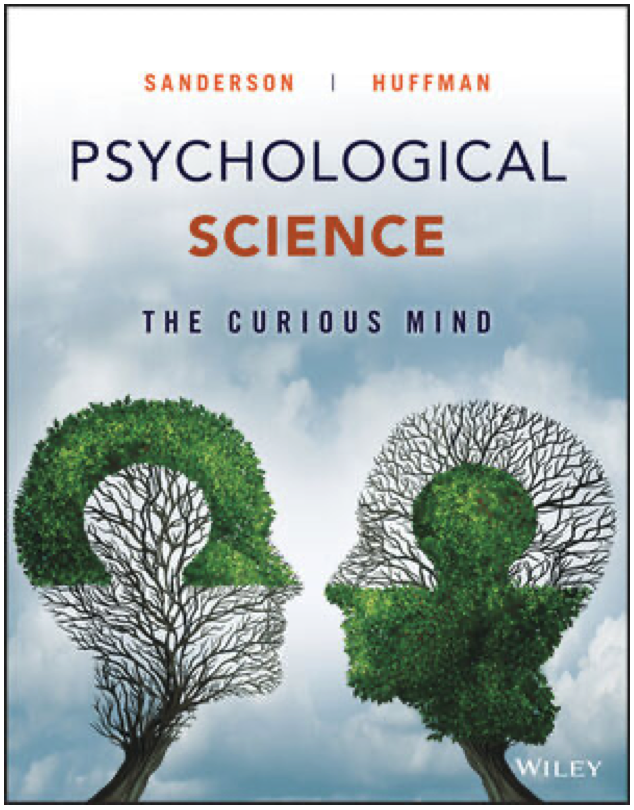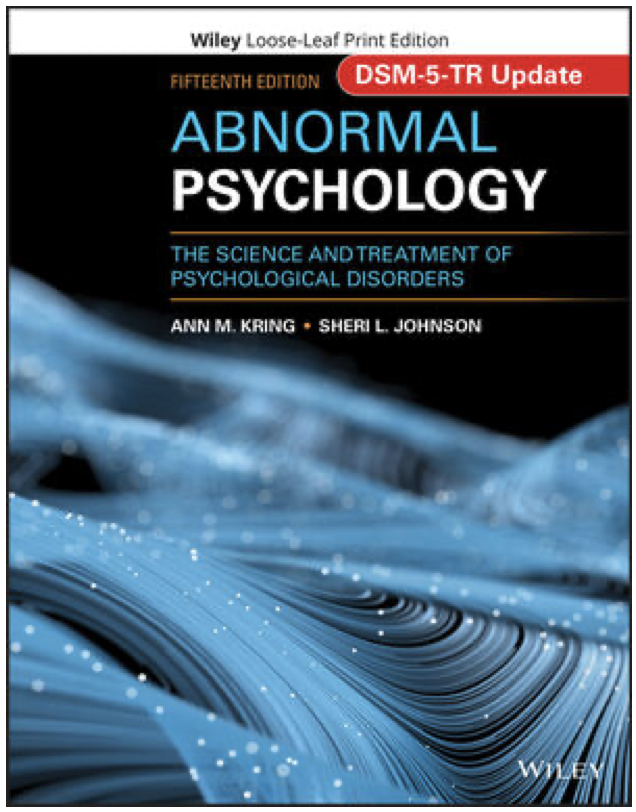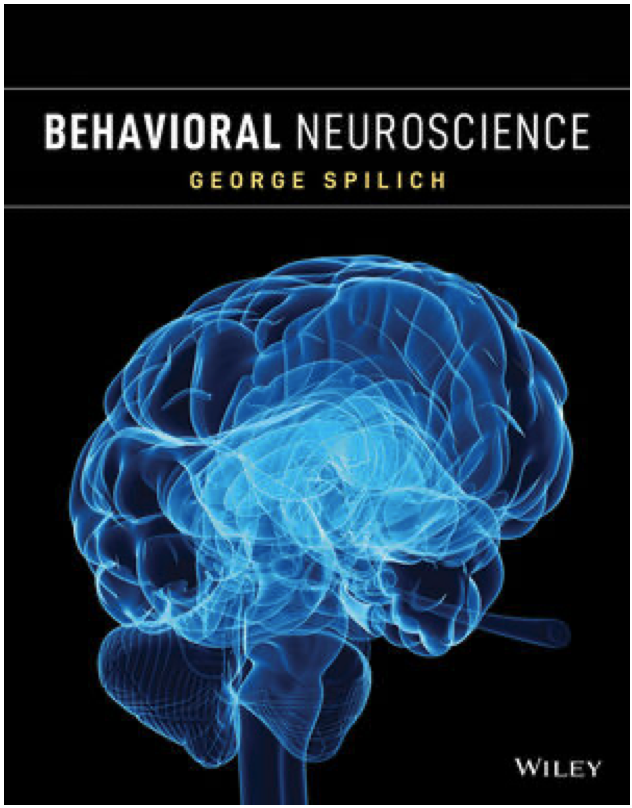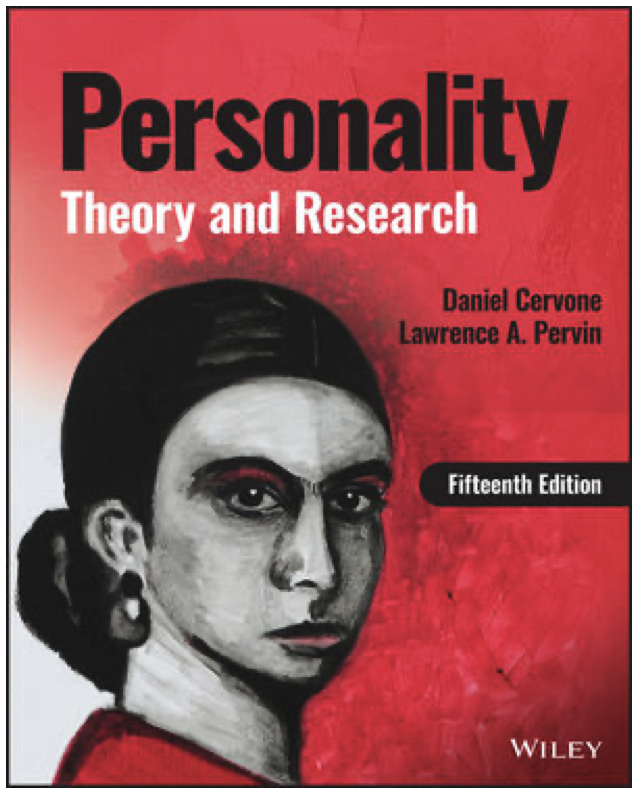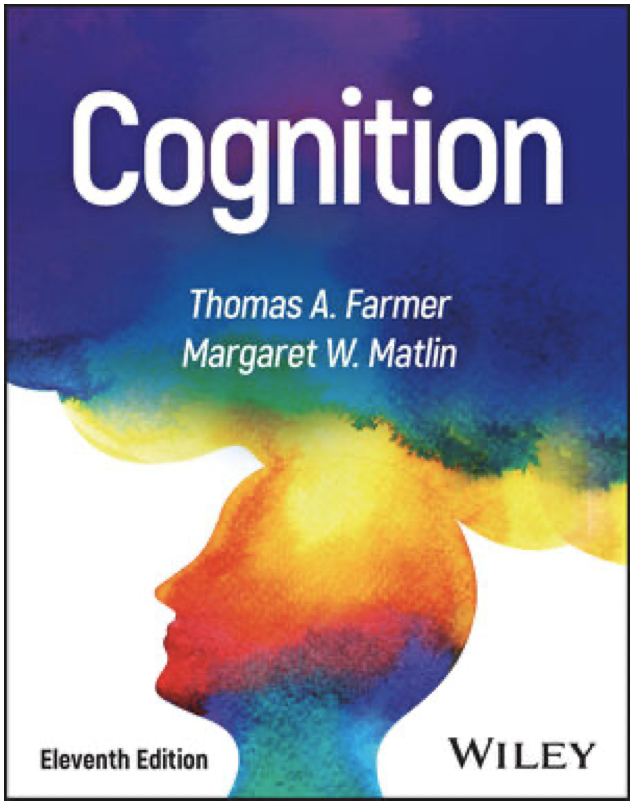3 Articles Regarding the APA Final Report on Torture
Article #1 Report of the Independent Reviewer regarding APA and allegation of collaboration with CIA in Torture, APA and Ethics Codes
DESCRIPTION
James Risen, of the New York Times, April 30, 2015, reported that “The American Psychological Association secretly collaborated with the administration of President George W. Bush to bolster a legal and ethical justification for the torture of prisoners swept up in the post-Sept. 11 war on terror, according to a new report by a group of dissident health professionals and human rights activists.” The information in the article is based upon a report that investigated numerous communication documents and concludes that the APA was complicit in the CIA torture program. In the third listed article, the APA’s response to the April 30th allegations points out that it has denied any allegations in such involvement but with the documented report and Risen’s book, it has since appointed an independent investigator due to the seriousness of the allegations. The report was published on July 2, 2015 and is referenced below.
Report of the Independent Reviewer and Related Materials
“The APA Board of Directors engaged attorney David Hoffman of the law firm Sidley Austin in November 2014 to conduct an independent review of whether there was any factual support for the assertion that APA engaged in activity that would constitute collusion with the Bush administration to promote, support or facilitate the use of “enhanced” interrogation techniques by the United States in the war on terror.“
SOURCE
American Psychological Association. July 2, 2015
LINK TO RESOURCE
http://www.apa.org/independent-review/APA-FINAL-Report-7.2.15.pdf
Article #2 Press Release and Recommended Actions: Independent Review Cites Collusion Among APA Individuals and Defense Department Officials in Policy on Interrogation Techniques*
APA Apologizes for “Deeply Disturbing” Findings and Organizational Failures; Announces Initial Policy and Procedural Actions to Correct Shortcomings
DESCRIPTION
In response to the Hoffman report, the Board initiated several actions and made additional recommendations to the APA’s governing Council of Representatives. The list is quite extensive. Article #3 discusses the final outcome of the Board vote.
SOURCE
American Psychological Association, July 10, 2015
LINK TO RESOURCE
http://apa.org/news/press/releases/2015/07/independent-review-release.aspx
Article #3 Recommended Board Actions Related to the Report of the Independent Review Relating to APA Ethics Guidelines, National Security Interrogations and Torture
DESCRIPTION
An extensive number of recommendations was made and passed regarding the problems with the ethics rules on “torture issues” as well as oversight (checks and balances) to avoid problems in the future. Rather than a simple summary, read the enumerated resolutions in the APA summary document. These can be easily understood by professionals as well as students and can be discussed in the context of the findings.
SOURCE
American Psychological Association, July 29, 2015
LINK TO RESOURCE
http://apa.org/independent-review/recommended-actions.aspx
CLASS DISCUSSION QUESTIONS
••Discuss, in general, why a professional organization has an ethics code. The code can be found at: http://apa.org/ethics/code/index.aspx
•Discuss how the ethics code forbids harm to others.
“3.04 Avoiding Harm
Psychologists take reasonable steps to avoid harming their clients/patients, students, supervisees, research participants, organizational clients and others with whom they work, and to minimize harm where it is foreseeable and unavoidable.”
•Discuss the role of career psychologists in government agencies such as DOD and CIA. Discuss conflict between work expectations and ethical codes of conduct.
“3.06 Conflict of Interest
Psychologists refrain from taking on a professional role when personal, scientific, professional, legal, financial or other interests or relationships could reasonably be expected to (1) impair their objectivity, competence or effectiveness in performing their functions as psychologists or (2) expose the person or organization with whom the professional relationship exists to harm or exploitation.”
•Discuss the findings that Psychologists did in fact engage in intensive extensive extreme interrogation techniques and how this is a violation of long standing policies.
•Discussion the findings that the APA Executive Committee did in fact rewrite the ethics principles which would permit collusion with the Bush administration.
•Finally discuss findings that these interrogation techniques do not actually yield useful information.




